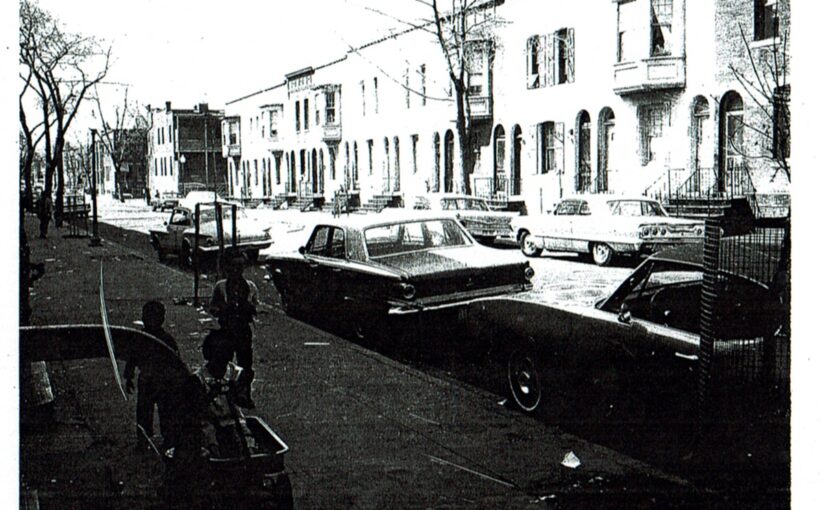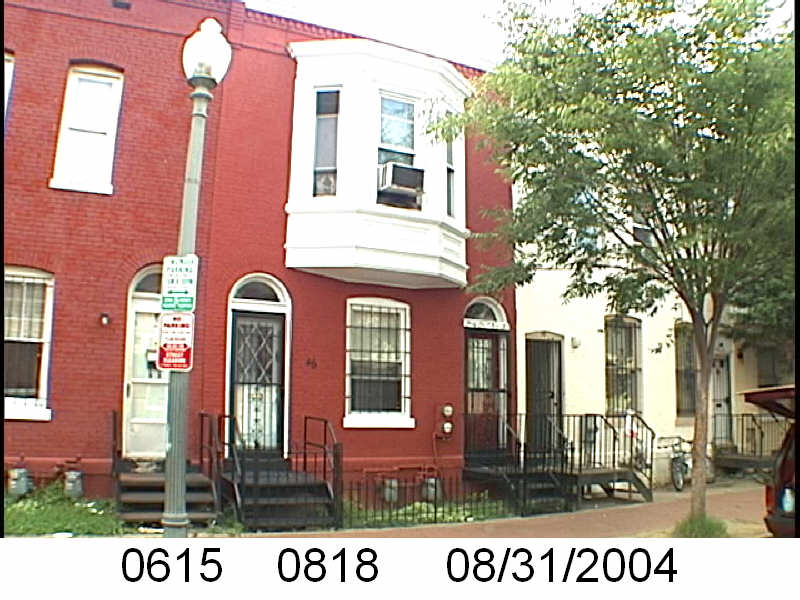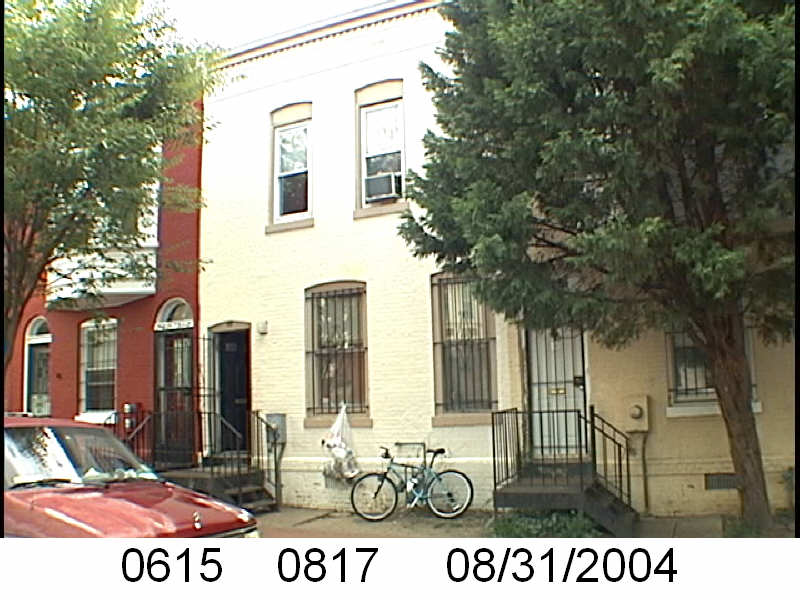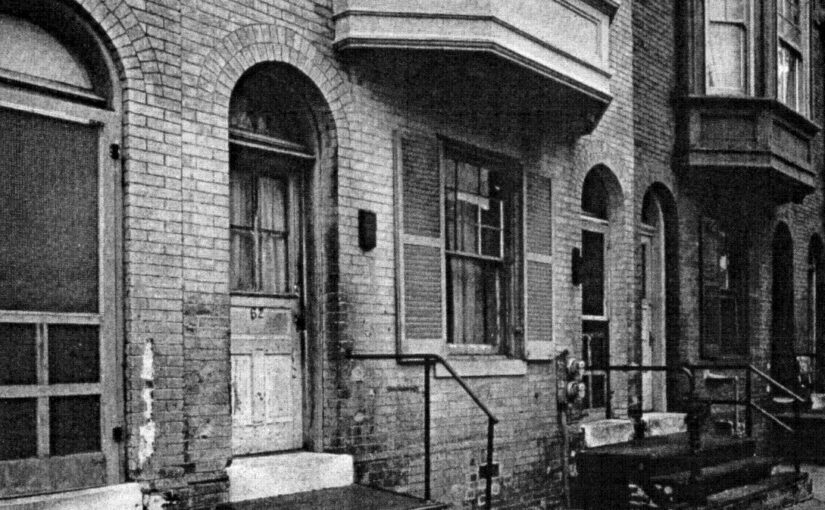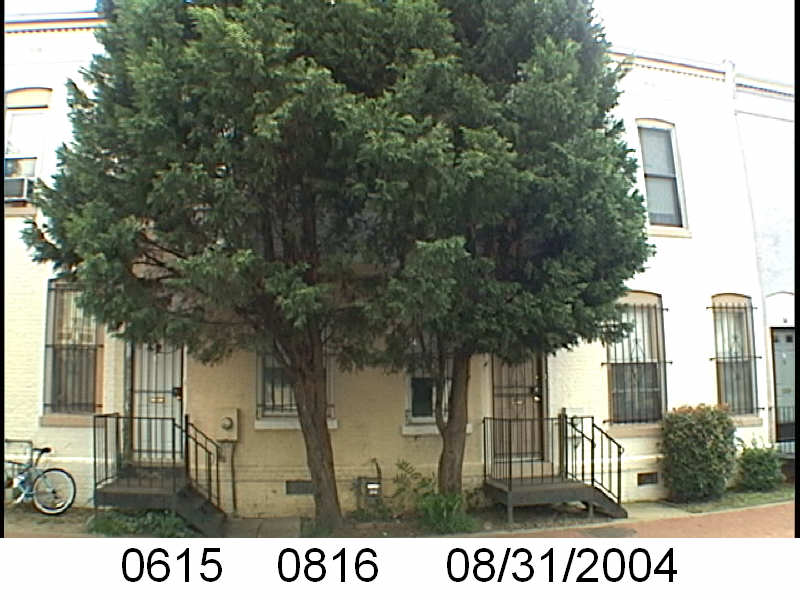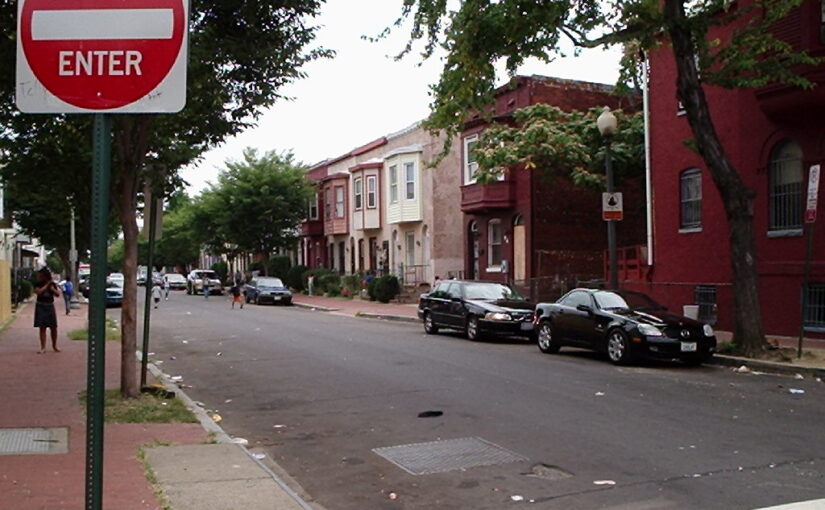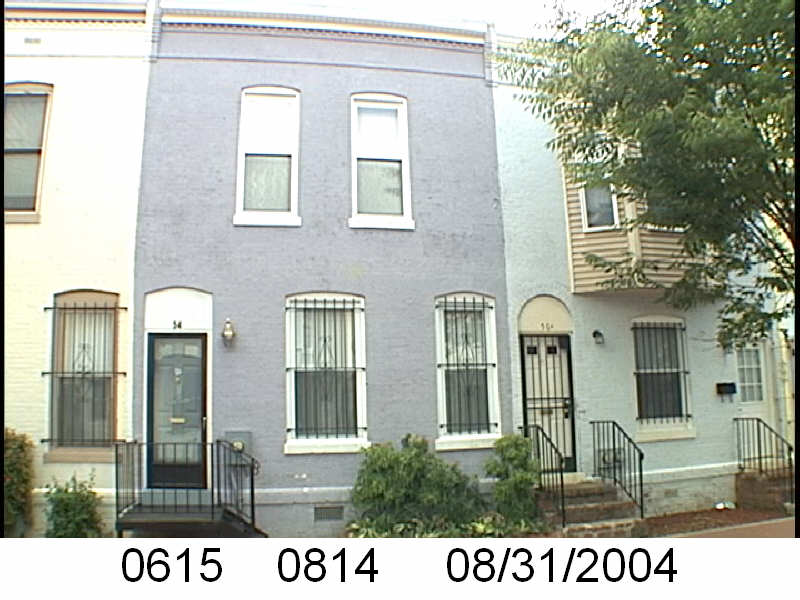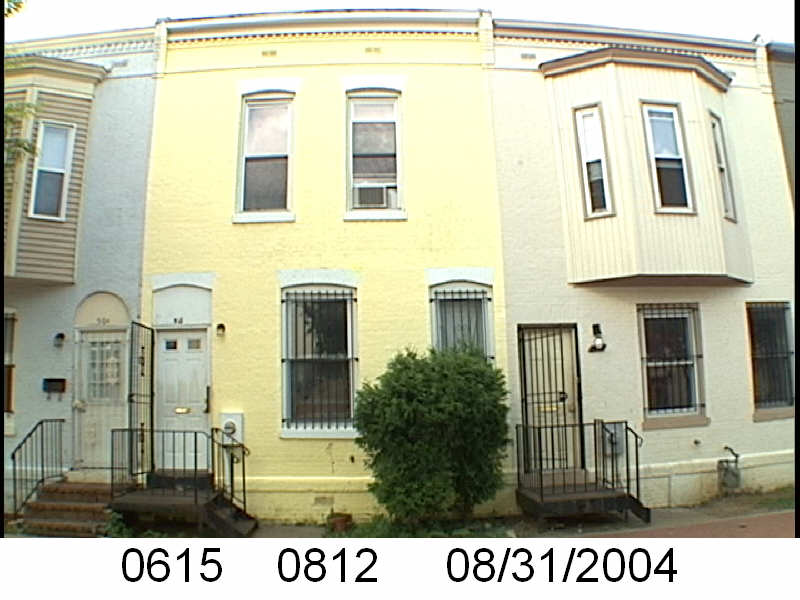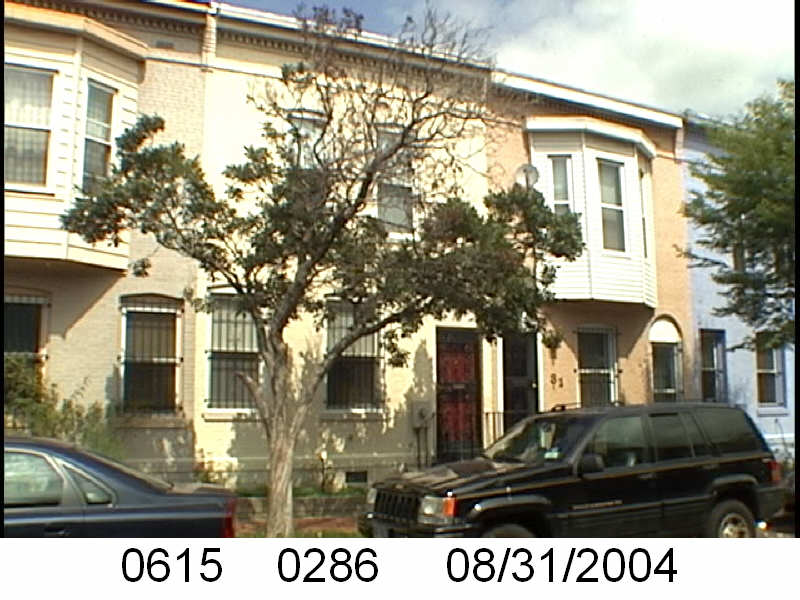The Washington Sanitary Improvement Company (WSIC) was a late 19th century charitable capitalism experiment that ended in the 1950s. This blog started looking at the homes that were supposed to be sold to African American home buyers, after decades of mainly renting to white tenants.
Looking at WSIC properties they tend to have a pattern where the properties were sold to a three business partners, Nathaniel J. Taube, Nathan Levin and James B. Evans as the Colonial Investment Co. for $3 million dollars. Those partners sold to African American buyers. There was usually a foreclosure. Then the property wound up in the hands of George Basiliko and or the DC Redevelopment Land Agency (RLA). Then there were the odd lucky ones who managed to avoid that fate.
Let’s see what happens with 73 Bates St NW:
- December 1950 (recorded Jan 26, 1951) Evans, Levin and Taube sold one-half of 73 Bates St NW to Viola and Wilson Jones.
- December 1950 (recorded Jan 1951) the Jones borrowed $2,525 from Colonial Investment Co. favorite trustees Abraham H. Levin and Robert G. Weightman.
- January 1951 Evans, Levin, and Taube sold the other half of 73 Bates St NW to Rufus H. Few, a widower.
- Jan 1951 Mr. Few borrowed $2,525 from trustees Abraham H. Levin and Robert G. Weightman.
- December 1953 the Jones lost their home to foreclosure and Evans, Levin and Taube got it back by an auction.
- January 1954 Evans, Levin and Taube resold the foreclosure to James E. Hartridge and Lillian B. Jackson.
- Jan 1954 Hartridge and Jackson borrowed $3,153.72 from trustees Levin and Weightman.
- September 1959 Mr. Few lost his half to foreclosure which was repossessed by Evans, Taube and new partner Harry A. Badt.
- September 1959 Harry and wife Jennie Badt sold/transferred their interest in the property to the survivors of Nathan Levin.
- February 1960 Hartridge and Jackson lost their half to foreclosure and Badt, Evans, and Taube regained ownership via an auction.
- February 1960 Harry and wife Jennie Badt sold/transferred their interest in the property to the survivors of Nathan Levin.
- November 1961, as part of a large property package (doc #1962000415), Badt, Evans, Taube, Nathan Levin’s survivors and their spouses sold the whole of 73 Bates to Sophia and George Basiliko.
- Around 1970-1971 (no doc) George Basiliko sold this and several Truxton properties to the DC Redevelopment Land Agency (RLA).
- July 1978 there is a contract between the DC RLA and the Bates Street Associates, Incorporated (BSA). Typically there is a deed pared with it transferring ownership to the BSA, no deed was located.
There were several foreclosures, it was sold to Basiliko, then to the DC RLA, then the BSA. So it fits the pattern.

